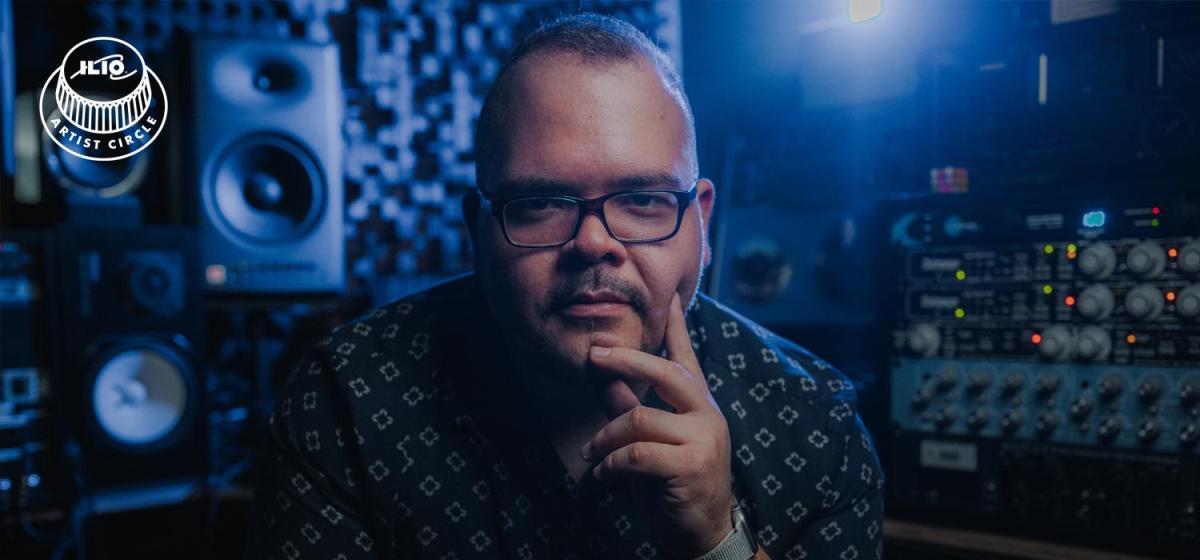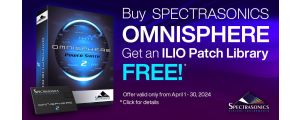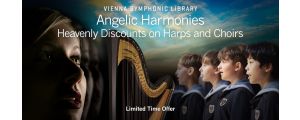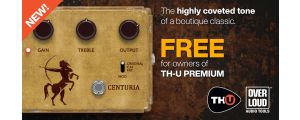Nick Petrillo is a jack of nearly all trades in the music business. From film scoring, to music directing, touring, and teaching, there's hardly any area of the music industry he hasn't touched. With nearly two decades of experience working in the industry, Nick Petrillo has earned a reputation for his top-tier productions on a bucket list of television networks such as NBC, MTV, ABC and CBS, and shows including Nashville, Seal Team, and Modern Family. In addition, Nick owns and runs NPM Productions, a full-service music production company, specializing in live performance and production shows for artists, musicians, corporations and event coordinators.
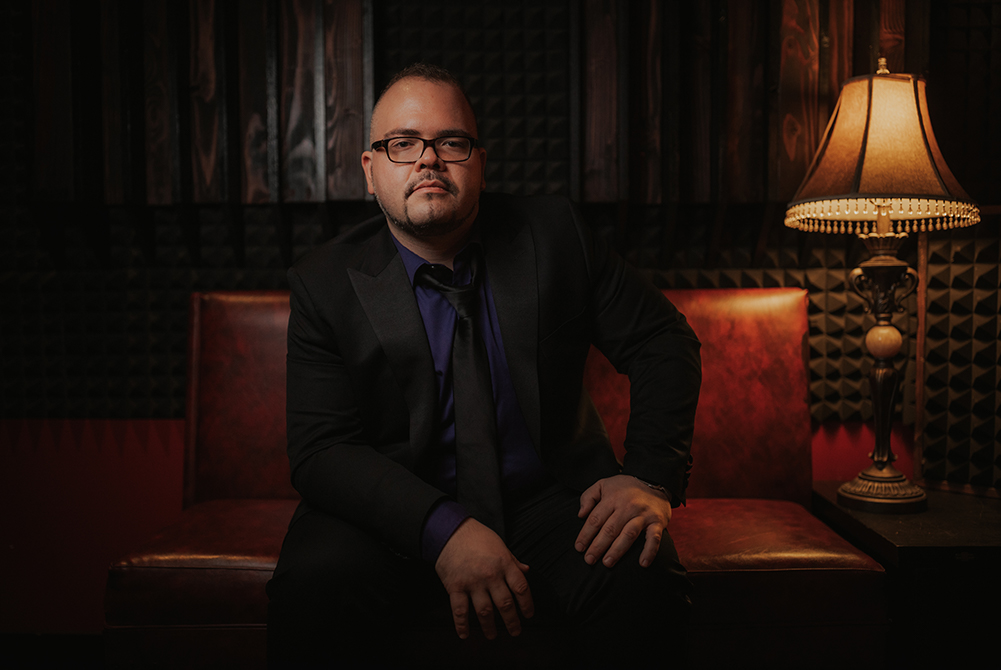
Nick recognizes the power of technology and has come to embrace music tech with open arms, implementing a wide array of production tools and techniques in his work on primetime television shows and bringing these tools on the road as a music director and touring musician.
As part of Audio Modeling’s MIDI Talk series, Nick spent some time with Simone from Audio Modeling to talk about what goes into scoring a film or television show. He also shares his love of Audio Modeling’s products that he uses most, including Camelot (live performance tool) and Audio Modeling’s SWAM Instruments.
“We're always trying to add to the emotional integrity, not detract from it. The music is always secondary.”
De-mystifying Film Scoring
Film scoring has a special allure for many musicians and producers. Although the process, while seemingly straightforward, is rather mysterious.
“We work in the world of post production. In film there is pre-production (i.e., getting the script), production (filming) and post-production (audio and music). So, we're getting what's called a ‘locked picture.’ A locked picture is basically the final edit of the movie or the advertising campaign after the video editor has finished. It may not have all of the visual effects and it may not have all of the audio effects, but we're working off of a picture that is locked and the time is designated. First, we will view the locked picture, and then generally go into a meeting with the director and/or the producers, music supervisors, along with the entire music team.
“If you take a TV show for instance, you may have 20 cues and a cue can last a minute or up to five minutes depending on the music. A cue is an emotional piece that you may need to score. Cues can range from action scenes to joyful or dramatic scenes. We're not scoring say a 40 minute TV show, we're scoring these different chunks.
“Once the music is ready, your music editor will crossfade between these cues so that your cues transition smoothly. The composer and assistants divide up those cues, and then really what it comes down to is watching the visual and figuring out what the emotional intent is of that piece.
“We're always trying to add to the emotional integrity, not detract from it. The music is always secondary. To clarify, the rule of the film scorer is to always stay behind, you shouldn't really be heard.”
Originally trained as a classical and jazz musician, Nick had no music technology education until his teenage years. It wasn't until he started his training at Berklee College of Music that he understood just how embedded music technology is in the film scoring world:
“At the time, I thought it was all orchestral scoring, either with a pen and paper or in a program like Finale. Then, going to a large orchestra session, getting a mixing engineer and then placing that music into the picture. But, I learned differently when I attended Berklee College of Music, where I studied film scoring. That was really the catalyst for me to learn about software synthesizers and DAW’s and SMPTE time code and exactly how we lock music to picture nowadays.
“Nowadays, a lot of film composition is more sound design and production. It's a lot of drum loops and soundscape creation with software where you're layering sounds and patches over each other. Sometimes you have a single note or two notes that are swelling based on the attack, decay and release. And that is actually what’s forming the soundscape.”
“Nowadays, a lot of film composition is more about sound design and production”

You might think Nick must be writing and composing new tunes constantly to keep up with the demand for cues, but instead he prefers to work smarter, not harder:
“Honestly the sound design comes before we’re even scoring. A lot of things I have are loop libraries and soundscapes I’ve created... Generally, I’ll run my loops and sounds through plugins for filtering, distortion and other creative effects to alter the original sounds. If I can get five to eight minutes of music fully produced a day I'm in good shape.”
Technology Perfection vs. Human Imperfection
Taking it out of the studio, Nick also is an active Musical Director for a variety of performance ensembles. He constantly witnesses the struggles and successes of live shows. Even in today's technology embraced climate, many musicians are apprehensive about implementing technology into their live performances. Admittendly, music technology is a vast category and can be intimidating for anyone approaching it for the first time. Harnessing technology can be a very powerful tool, so Nick offers advice on how newcomers can get more comfortable embracing software:
“There are many different approaches to music technology. I would say if you’re brand new to it and trying to get your feet wet, I would start with learning the basics of analog keyboards that have been digitized. So, first things first, what is a Fender Rhodes? What are the different things you can put on a Fender Rhodes, like a tremolo, chorus or phaser effect? You could throw it through a Fender tube amp. Then, I would look to start trying out digital technology. I would pick up a software synth program and just dig into what different oscillators sound like. Then try adding plugin effects to see what that does for you. I’m speaking about it like it’s easy now, but back when I was in college this stuff really scared me. I had no idea how it worked.”
Back in Nick’s college years he yearned to own the newest sample libraries that were coming out, some of which costing a whopping $20,000 at the time. Today, he marvels at the quality of technology we have for much more affordable prices. Products like Audio Modeling’s SWAM Instruments have lead Nick to marvel at how far we’ve come in only a decade, realizing that technology will only keep progressing. But with the music technology boom, some musicians worry that these software-based instruments will only further take away opportunities from real musicians. Nick reflected on the power of human imperfection, and how it always leads to a more engaging and emotional performance:
“Even in film composing, where there is a huge need to do things ‘in the box’ to save time and money, there will never be a substitute for a live musician. The reason I know that is because we’re still hiring a Chamber String Orchestra to record over a massive virtual orchestration, just to add a little intonation, a little buzz, and a little of the ‘realness’ from a string player. I'll tell you, if you have a violin on one patch and one violin player nicely mixed on top of that, it brings out more into the music.
“I think (software) is going to make it harder to book gigs if you are an orchestral musician, drummer or a bass player, but it's not going to completely go away because we’re just generating the digital sound of real instruments. You can never get the digital to be as great as the real thing.”
“Camelot has completely changed my workflow in the way that it is so beautifully streamlined.”
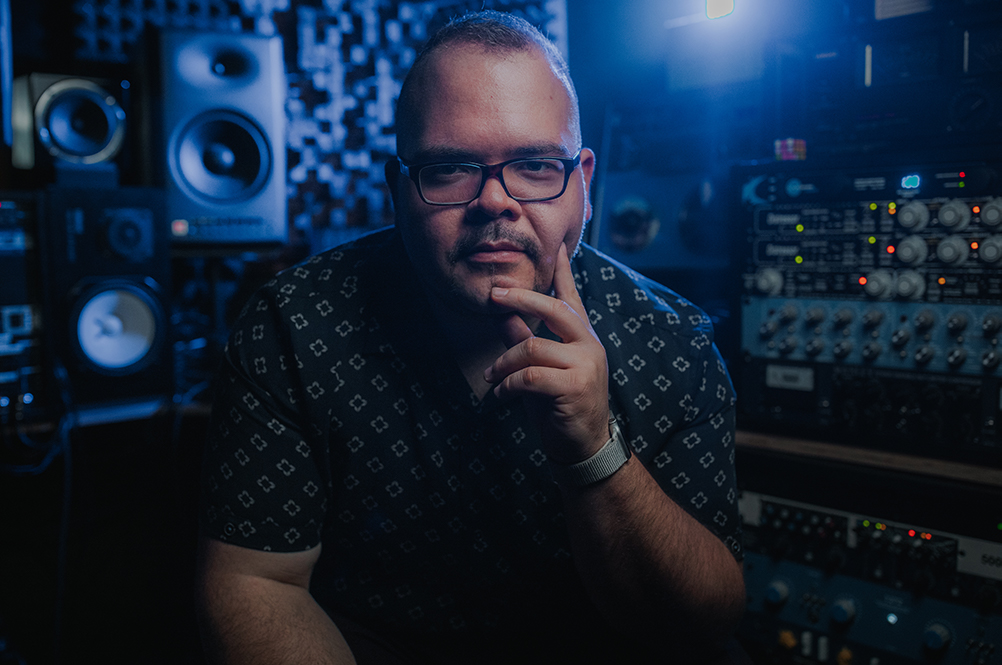
Managing the Live Performance With Camelot
Nick's valuable time is split fairly evenly between studio work and live performance, where he also works as a music director and touring musician. In regards to music directing, Nick has found Audio Modeling’s Live Performance Tool Camelot to be a massive help for live performers trying to manage multiple keyboard rigs and other software elements. After using Ableton for about seven or eight years, Nick shares how Camelot has changed his workflow in some major ways:
“The issue that I had for all this time was that I could not find a program that integrated all of my gear in the way that Camelot does all on its own. Now, because of Camelot, one of the things I'm doing is moving everything into my MIDI keyboard and in software, to which I now use Spectrasonics Keyscape in the place of my Nord Electro and Yamaha Motif.
“It comes down to the ability to integrate hardware and software synthesizers along some type of DAW rig, whether you’re running Logic, Ableton or another clock system. Nowadays, a lot of live performance is heavily produced, with things like arpeggiators and filters that are running on a certain BPM that we need to lock into the clock. Everybody needs to be on the same page, including the drummer who may be running loop libraries and different tracks that need to lock to the grid. Add some horn or vocal backing tracks on top and you can see how it can get challenging to keep everyone in time. Camelot has completely changed my workflow in the way that it is so beautifully streamlined. ”
Looking ahead, Nick is optimistic about what the future holds for music software. In particular, he predicts that software synths and sample engines are going to continue becoming more comprehensive and realistic. We appreciate his taking time to chat, and can’t wait to hear what he’s up to next!
Learn more about Nick Petrillo at https://nickpetrillomusic.com/

